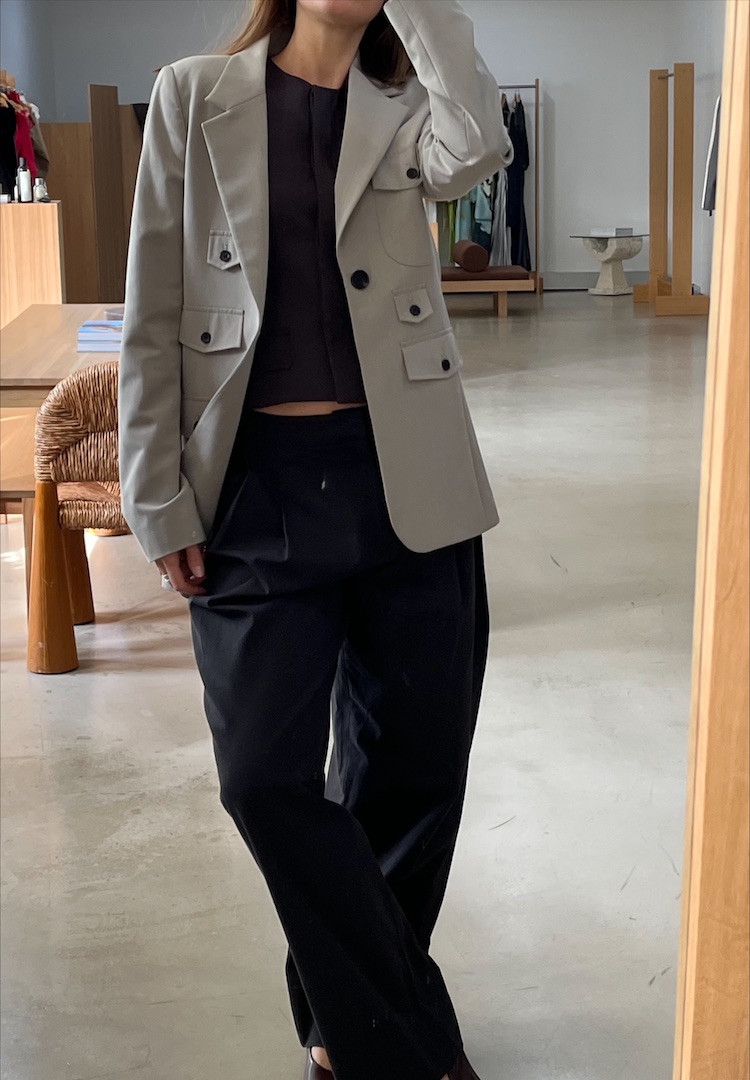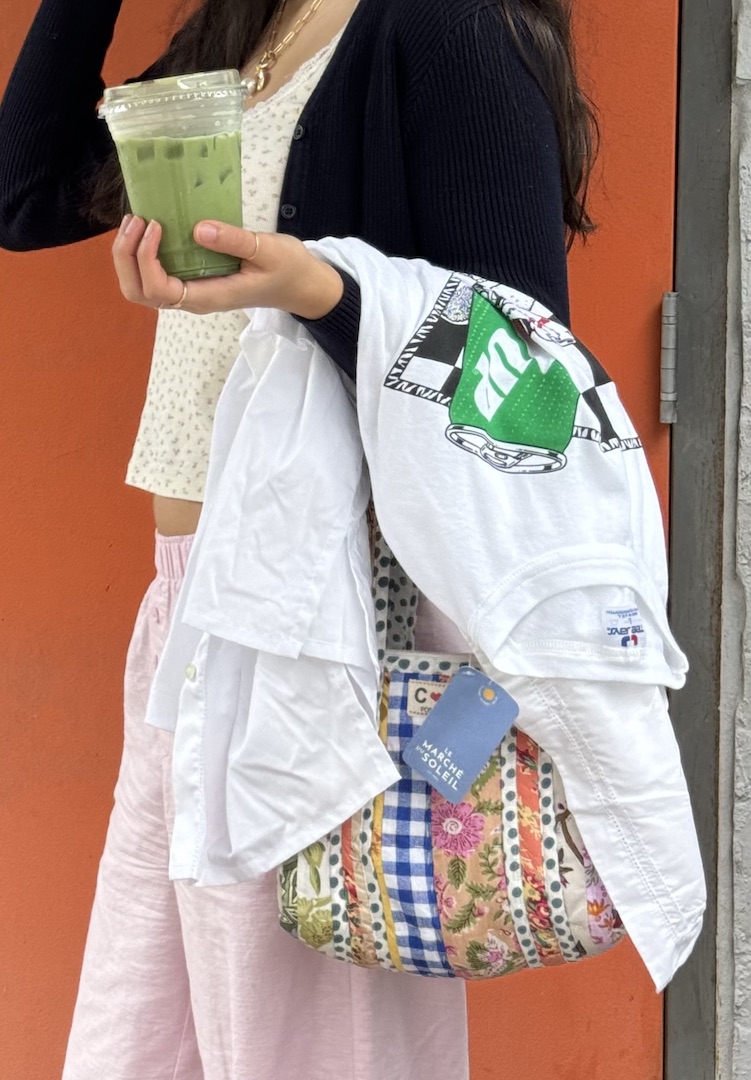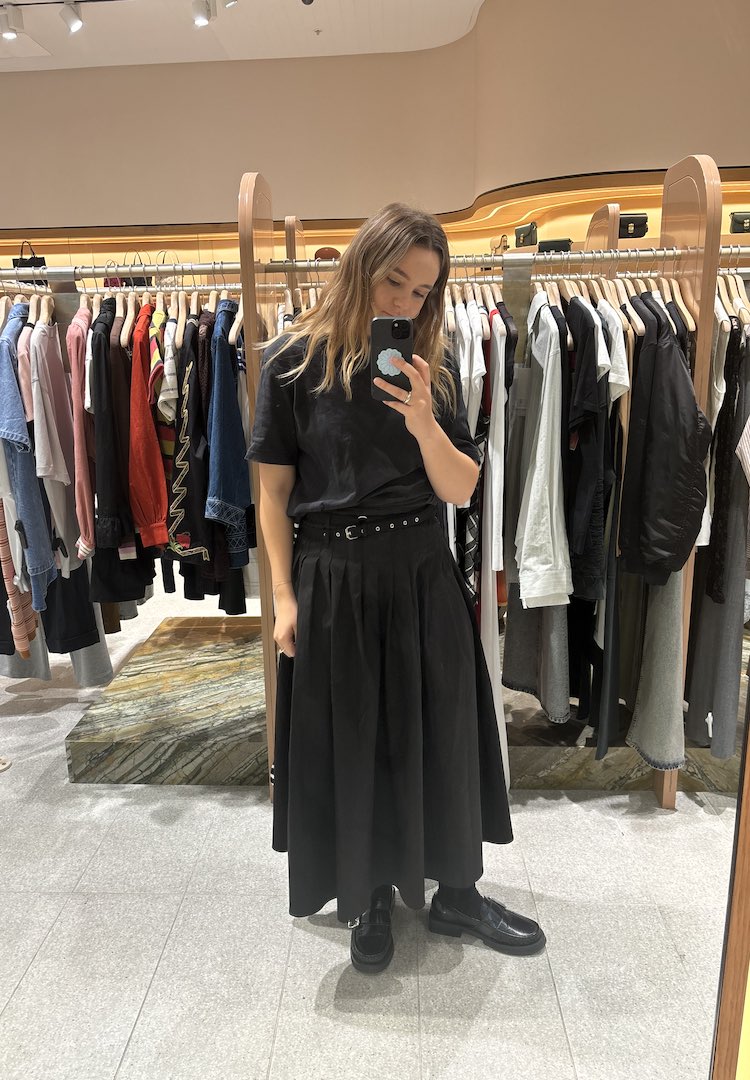5 steps to growing your label from graduate collection to business
Here’s how to do it.
If you’ve clicked into this article, we’re guessing it’s for one of several reasons:
a) You’ve just graduated from a fashion degree and are wondering what on earth to do with yourself,
b) You’re currently undertaking a fashion degree and are wondering what on earth your future looks like, or
c) You’re doing neither and just clicked in to read yet another witty and informative FJ article.
Being the Supporting Partner of the National Graduate Showcase presented by AMP Capital, at Virgin Australia Melbourne Fashion Festival, we spend a lot of time getting to know fashion’s up and comers (and their journeys).
One of those talented people is James Greenway. A finalist of last year’s National Graduate Showcase, James has gone on to launch his own label, ATELIER HÅRLEM.
(He’s also working to grow biodynamic bacteria and dressed Australian artist Woodes.)
Now an expert in the area of launching a label, James gave us some insight into what the journey involves.
Refine your target market
Step one in your transition from graduate to legit designer is to work out your audience.
“I cannot stress the importance of this,” says James.
“These people breathe life into your brand.
“When you’re at university you can design whatever your heart desires, so your collections tend to be more prominent. When you’re designing a commercial collection you have to think about the wearer. Who are they? How do they move? What are their desires? You have to consider all of these aspects and reflect that in your pattern or your finishes.”
An easy way to do so, is to get stalking on social media.
“You can literally type in hashtags to find who your target market is and look into their lives,” says James.
“Their feed will tell you who they aspire to be and what they aspire to wear. You can design accordingly.”
Work out your brand’s identity
Once you’ve got a clear picture of your target market, it’s time to decide what you stand for. Your values, brand profile and the way you interact with your customers is crucial in developing the brand’s personality.
“It’s not just a transaction – we want to build an intimate relationship with our consumers,” James explains.
“We want them to know that we genuinely care for them because, before we even launched, it was these people that gave us reason to create.”
Have a sound (and realistic) business model
OK, so a good uni degree should give you a handle on the basics of business but let’s be honest. When has education ever measured up to real-world experience? Uni will give you the foundations for business, but you’ll also have to spend some time educating yourself on business laws, international taxes, GST and more. Working out the right business model for you will mean balancing the brand’s values with how to realistically (and financially) put that into practice.
For James, being sustainable is an important part of his business model and a positive financial move.
“Everything is done in-house and we don’t use any machines – everything is drafted, cut and constructed by hand. It’s a very old world process,” he explains.
“In terms of material wastage, we don’t produce any because we keep 100 per cent of the latex off cuts. They can be reused for reinforcement pieces, etc.”
Build your social media presence
“It’s 2017, people aren’t looking at the sky, they’re looking at their phones. Give them something to look at,” says James on the topic of social media.
We’d be pretty shocked if this point surprised you. Instagram, Facebook, Twitter – it’s all très important when it comes to generating excitement and driving traffic to an online store.
It also pays to make sure all your platforms are consistent and use the same handles. This is a simple way to improve your SEO and make the brand easy to find online.
Prepare yourself financially
Running your own business is hard yards, no doubt about it. There’s always going to be ups and downs and you’ll probably always feel like cash flow is an issue. Temper this by ensuring you have enough capital and are financially sound for any downs that may come. There’s no point rushing into business if you don’t have the financial means to back it up.
“I think, for myself, [launching] took a lot longer than it should have. But I wanted to make sure the timing was right and that we weren’t just diving blindly into launching,” recalls James.
“After I graduated I was in limbo. I wanted to start ATELIER HÅRLEM, but I was jobless and on Centrelink. I could barely afford to pay for public transport, let alone start an empire. So I got a job in a call centre to fund all of my start-up capital and worked on the brand in my kitchen after work, until all hours of the morning.
“You really learn who are you as a person and what you are really capable of.”
To check out the next class of graduating talent, come hang with us at VAMFF’s National Graduate Showcase, presented by AMP Capital on March 19. Tickets available here.












